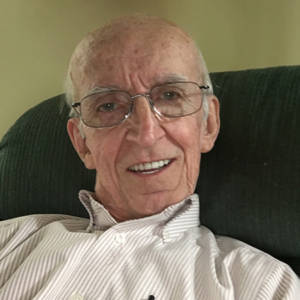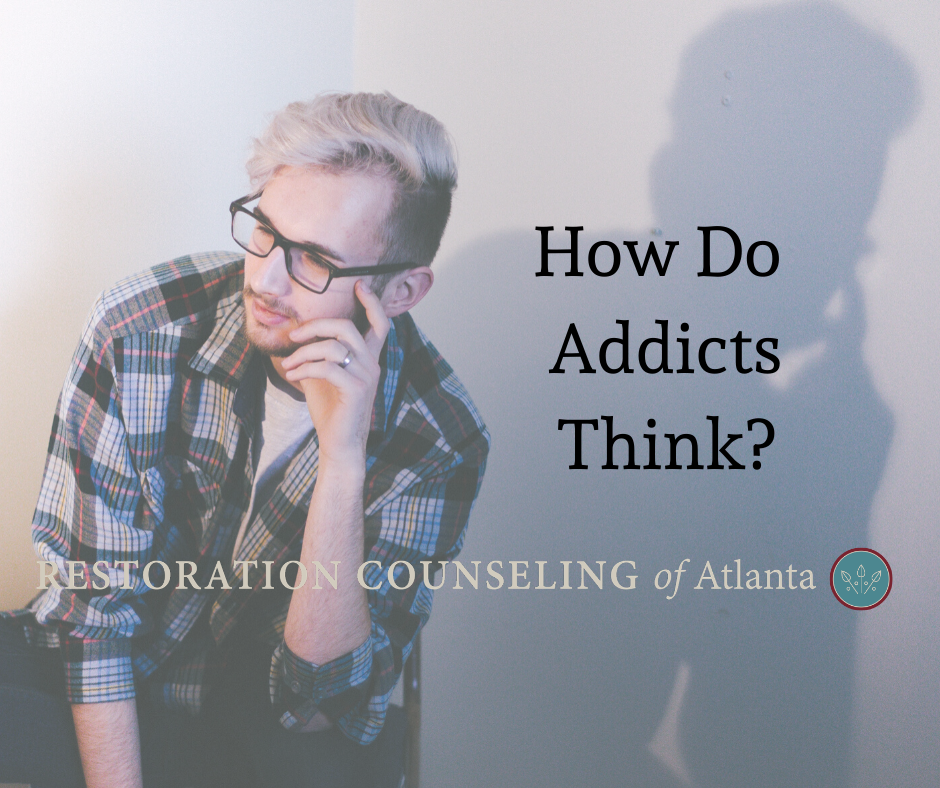When I was asked to write a piece about the way addicts think, my first thought was they don’t.
Persons who suffer from forms of addiction ranging from alcoholism to behavior disorders, like workaholism or compulsive gambling, don’t seem to think at all when it comes to what’s good for them. Addicts seem to be thoughtless, uncaring individuals who act on impulse. Moreover, they seem selfishly unaware of the effect they have on others. Many an addict has been asked, what were you thinking of, for heaven’s sake?
I recall my early attendance at Alcoholics Anonymous meetings. Occasionally a member who had accumulated months or even years of abstinence announced that he had relapsed. Sheepishly he came forward to pick up another white chip, the symbol of starting over in that baffling search for sobriety. When some other member sympathetically asked what happened, often the answer was I don’t know.
Back then my thought was the man was lying. He knew what happened. He wanted to drink, and so he did, and now he was refusing to take responsibility. But experience keeps a dear school, and in time I began to realize that those who relapse often do not know what happened. I was driving home from work and the next thing I knew I was sitting on a barstool. What the hell!
Hell, indeed. If the story ends here, there doesn’t seem to be much hope if there is some force lurking in the clouds that can descend without warning to drag the unsuspecting, well-intentioned alcoholic off to the corner saloon.
But there are many things we do daily without giving them a thought.
You may have found yourself driving behind a particularly cautious driver who is cruising along at ten miles or more below the posted speed limit. As your two cars come to a little hill that enters a gentle turn to the left at the bottom, the brake lights of the car in front of you flash red and your right foot hits your brake. You may notice a slight catch in your throat. Then you realize there was no need for either car to slow down as traffic is light. Both of you are traveling well under the posted safe speed limit. But the fact is that both of you responded to information coming through your senses. Certain parts of your brain involved in learning interpreted the information incorrectly. The incorrect interpretation was that you were in danger. Each of you automatically took steps to protect yourselves from that danger. You didn’t have to think about what you did. Should you have the chance to ask the other driver why he hit his brakes, he might even say, I didn’t know I did. Would he be lying?
Alcoholism, like most addictions, is a set of beliefs, thoughts, feelings, and actions that the individual learns over time. Although details may vary from person to person, all addictions are aimed at protecting the addict from perceived danger. In short, the addictive pattern is what the person has learned that will ensure his survival in what he incorrectly believes is an intolerably dangerous world. Most of the perceived danger is actually anxiety that arises because he has not learned effective coping mechanisms. His behavior is directed at eliminating the anxiety instead of learning problem solving and conflict resolution. Alcohol, which is especially effective at lowering anxiety, eventually becomes his ultimate problem solver.
This brings us to abstinence and relapse. When an addict, who wishes to be well, believes that abstinence equals sobriety, he views alcohol as the problem. He ignores the anxiety and fear of failure that are sure to present more strongly with no alcohol to numb the pain. Determined not to resume drinking, the addict calls into action a device he has long used as a second line of defense. That device is denial. Pretending that a feeling is not there is more effective than one might think, Eventually, the abstaining addict loses touch with his own emotions. Curiously, as he stops feeling pain, he also stops feeling pleasure. Now he is well on the road to depression and what the folks in AA call a dry drunk.
We need to point out that not feeling an emotion does not mean it is not there. More often it is suppressed and buried in that part of the brain where long term memories and habits lie in wait. There a combination of environmental triggers enters through the senses and activates old well-learned behaviors, like picking up a drink and not knowing why.
There are many items that lie in wait. Most of them are tied to crippling beliefs the addict has never challenged. He may have come to believe his value is determined by his performance, or that other persons determine his worth. He may be driven by the belief that people who fail are unworthy of love or should be punished. Or he may believe that people can’t change, especially addicts. The addict does not know that such beliefs are behind his problems. They were probably there long before he had his first drink. Unaware of the presence of these false beliefs, and not having dealt with them, he is understandably baffled by his own relapse.
What was he thinking? Well, the brain has a mind of its own, and that mind was following old thought patterns called into action as the addict encountered conditions he had learned are dangerous. His unconscious response was the old way of avoiding the danger. How was he thinking? The way he always thought, except this time he didn’t know he was doing it.
 Written by: Patrick Caffrey, LPC
Written by: Patrick Caffrey, LPC
Roswell location
pat@restorationcounselingatl.com, ext. 114
Patrick Caffrey, LPC is a therapist at Restoration Counseling of Atlanta in Roswell, Georgia, where he counsels adults who struggle with alcoholism and other forms of substance abuse, as well as related family issues. These include adult children of alcoholics (ACOA) and persons who are codependent. Pat has also written and published three books addressing the subject of addiction. His books are available through www.amazon.com or may be purchased at the Roswell office.

